Church History
A deep dive into the defining events in the history of the church. These stories give context to where we have been and allow us to consider future possibilities.

Church History
COVID-19 impacts the Church
COVID-19 changed everything, from people working at home to the way people connect and operate in a rapidly advancing society, according to Forbes.
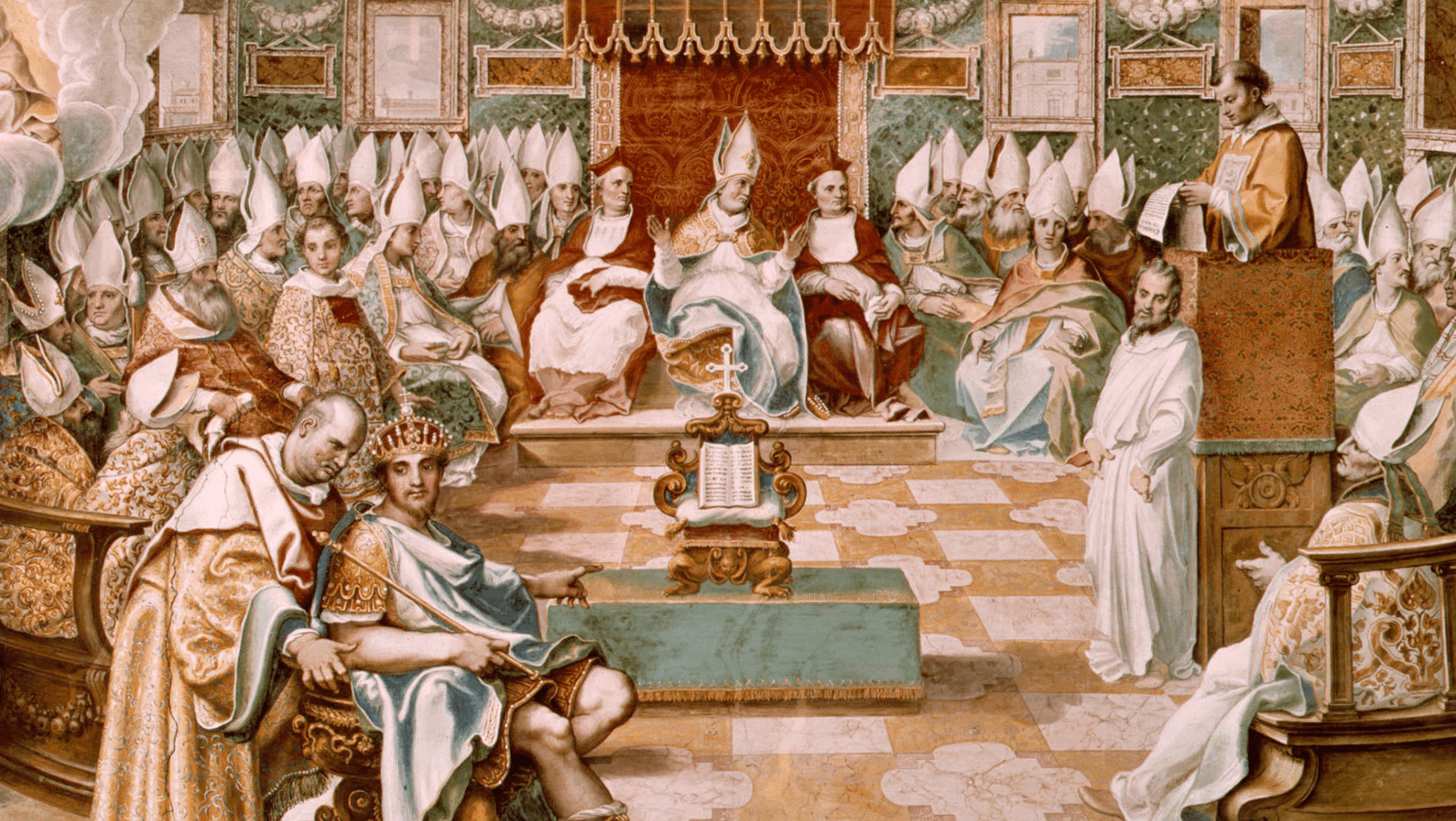
Church History
Constantine’s conversion and the Edict of Milan
After many years of deadly and intense persecution at the hands of Emperor Diocletian (303-313 A.D.), Constantine’s ascent to power brought the suffering of Christians to an end.
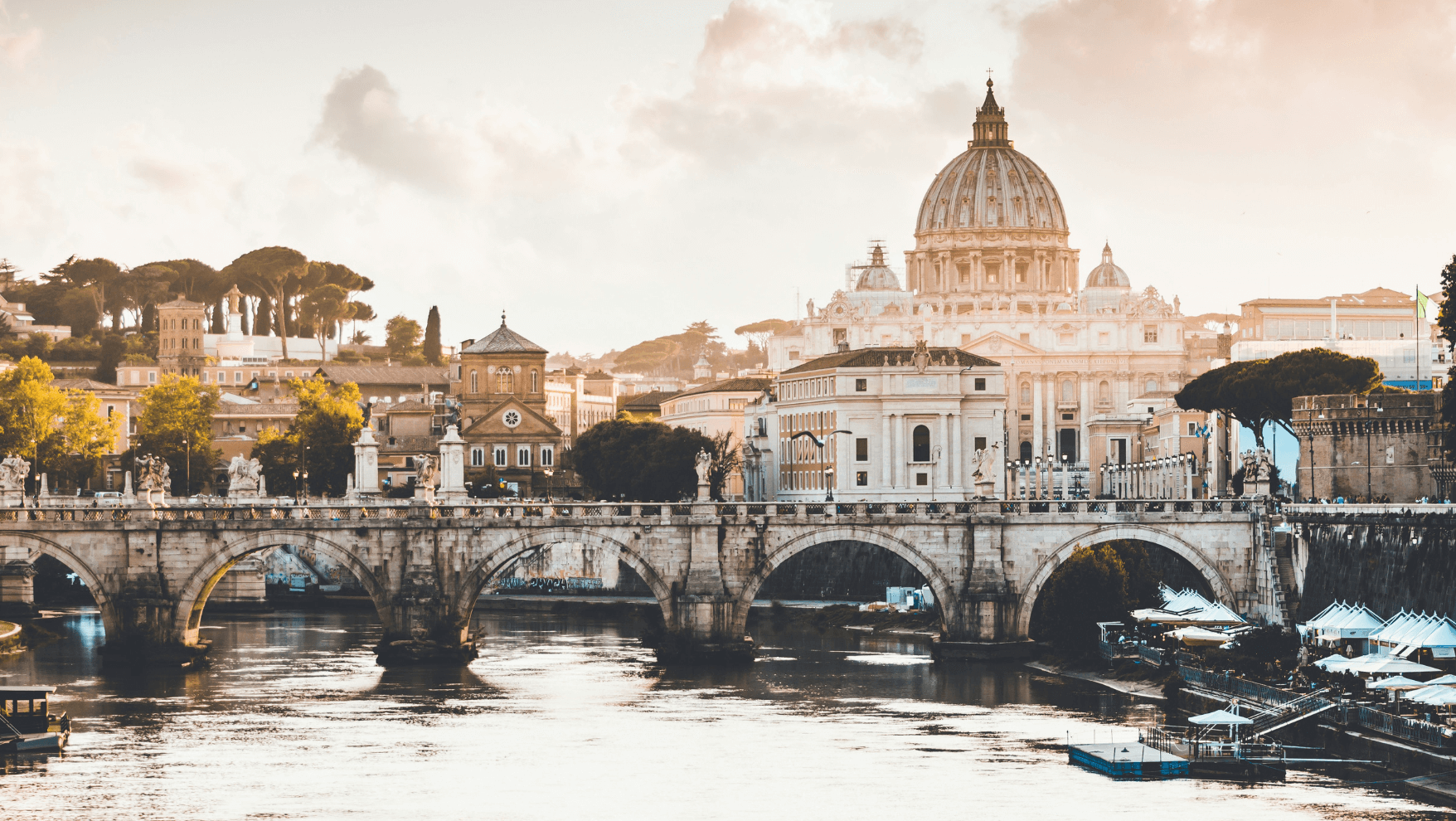
Church History
The First Vatican Council
The First Vatican Council showed the relationship between the Catholic Church and the modern world while expressing similar behaviors the Church does today, like responding to the
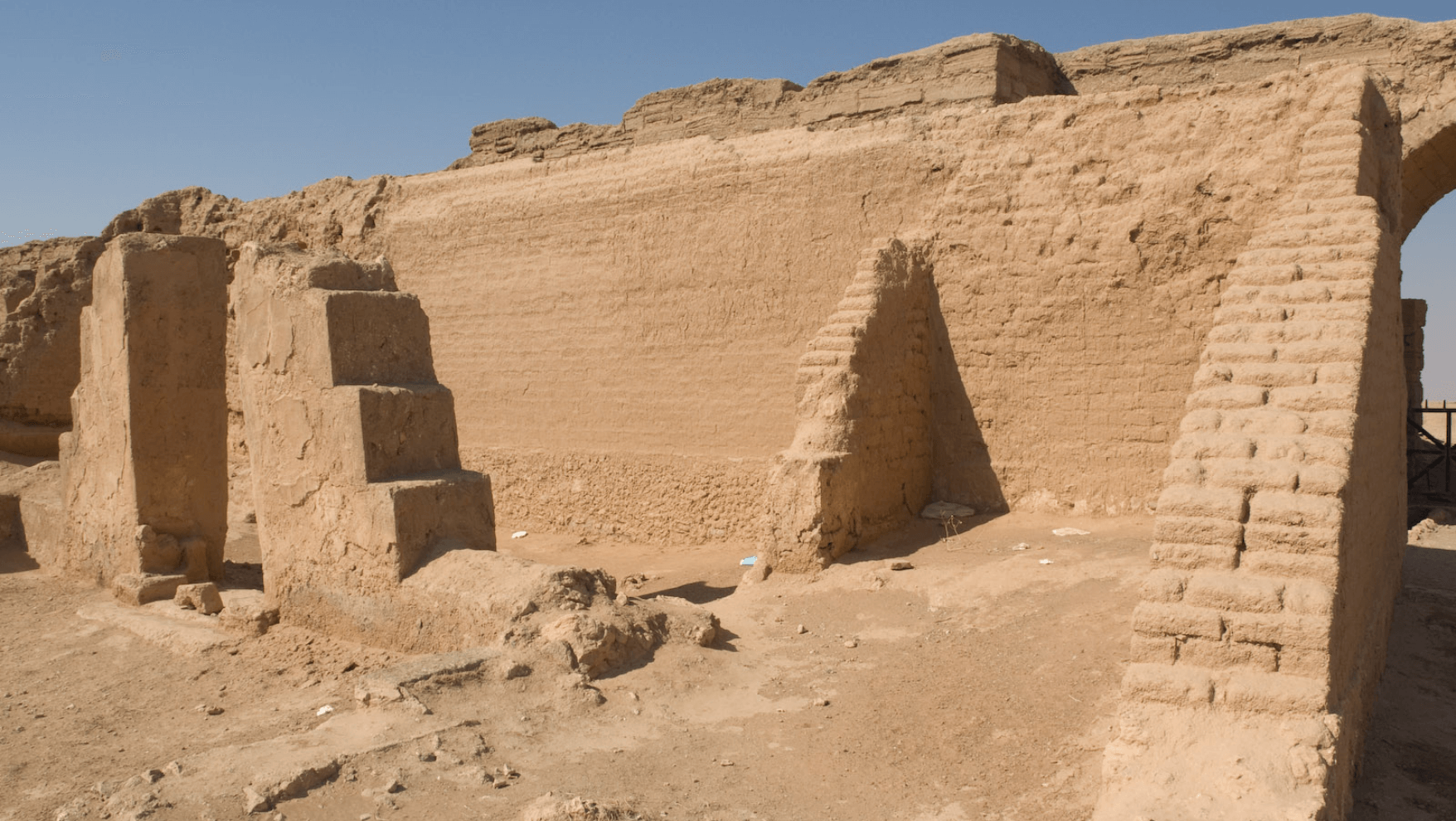
Church History
The earliest known public church building
Dura-Europos Church offers us some of the greatest evidence for what the earliest forms of Christian worship looked like. It has some of the oldest pieces of Christian art.
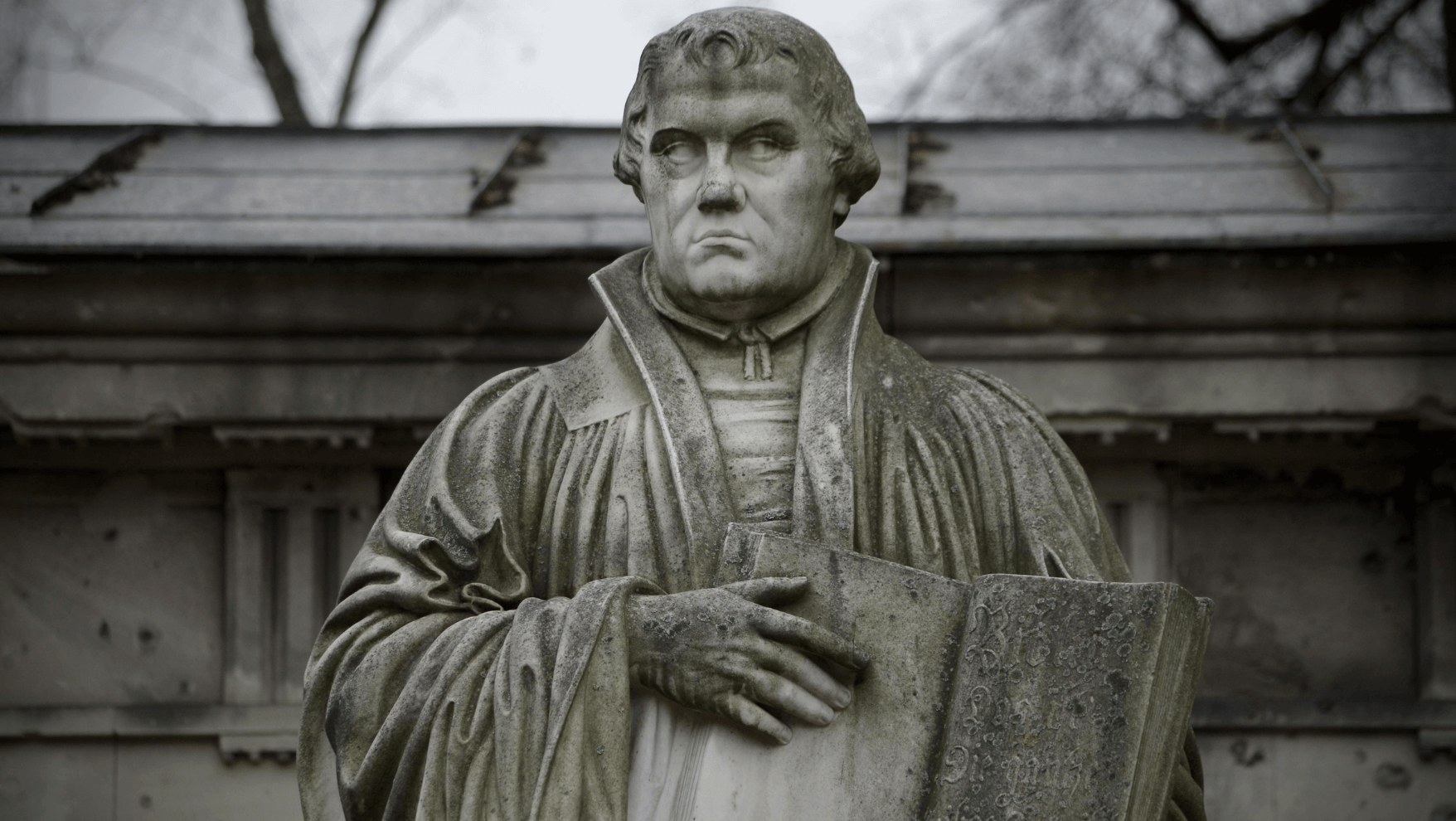
Church History
The 95 Theses and Martin Luther’s impact on the Reformation
At 33 years old, Martin Luther, an ordinary monk, set in motion the Protestant Reformation, which gave birth to the division between Protestant and Catholic theology.
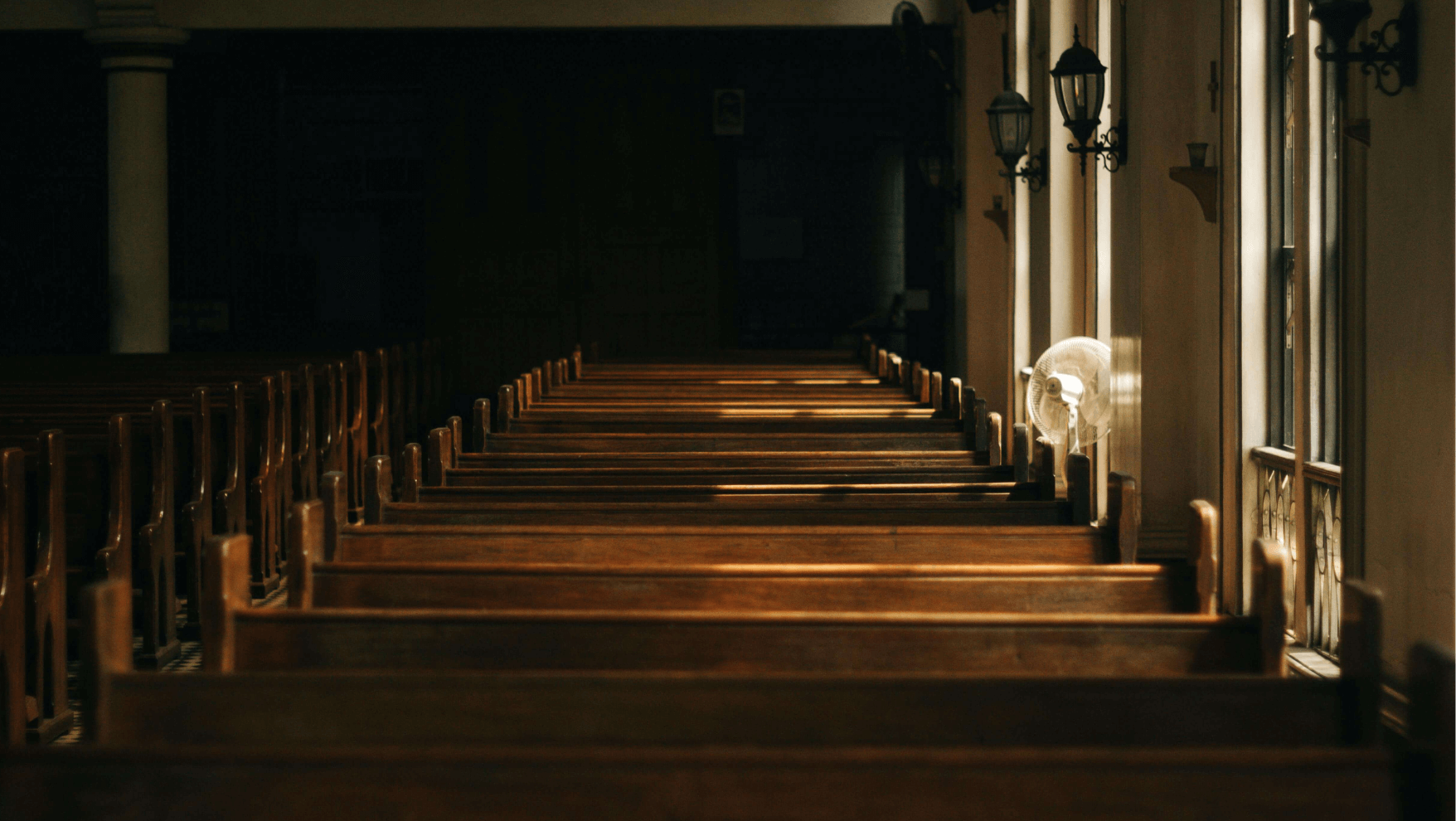
Church History
The Great Decline: Why and where do we go from here?
In the past 20 years, church membership in America has declined from 70% in 1999 to 50% today, according to a Gallup poll. This statistic shows an accelerated trend of overall decl

Church History
Gutenberg produces the first Bible
Gutenberg’s metal-movable-type printing press is one of the most important inventions in the history of mankind For the first time, knowledge could be disseminated rapidly. The pri
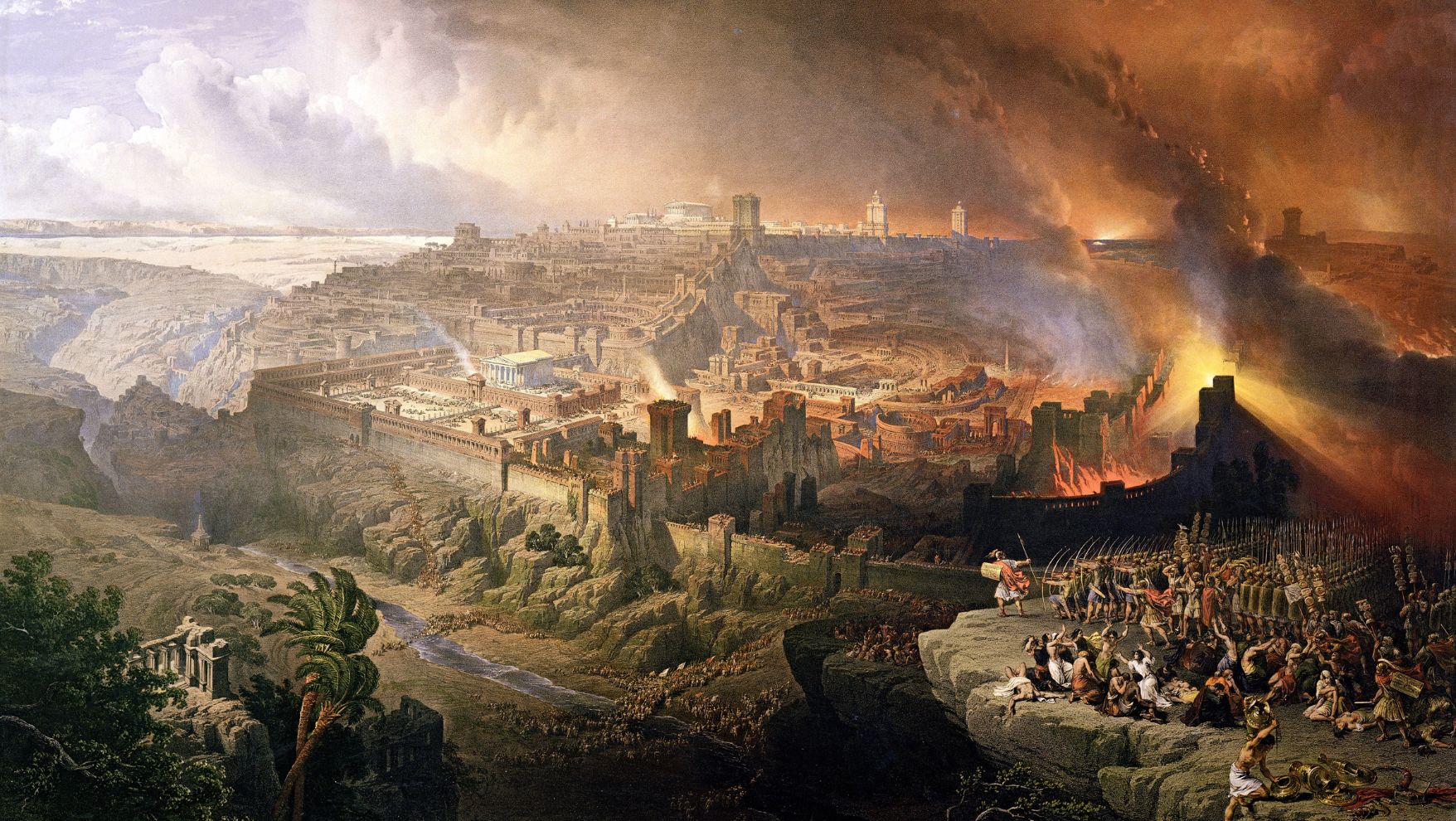
Church History
The destruction of Jerusalem
Following the death and resurrection of Christ, Christians began to separate themselves from the practices of Judaism. The destruction of Jerusalem that Jesus prophesied signified